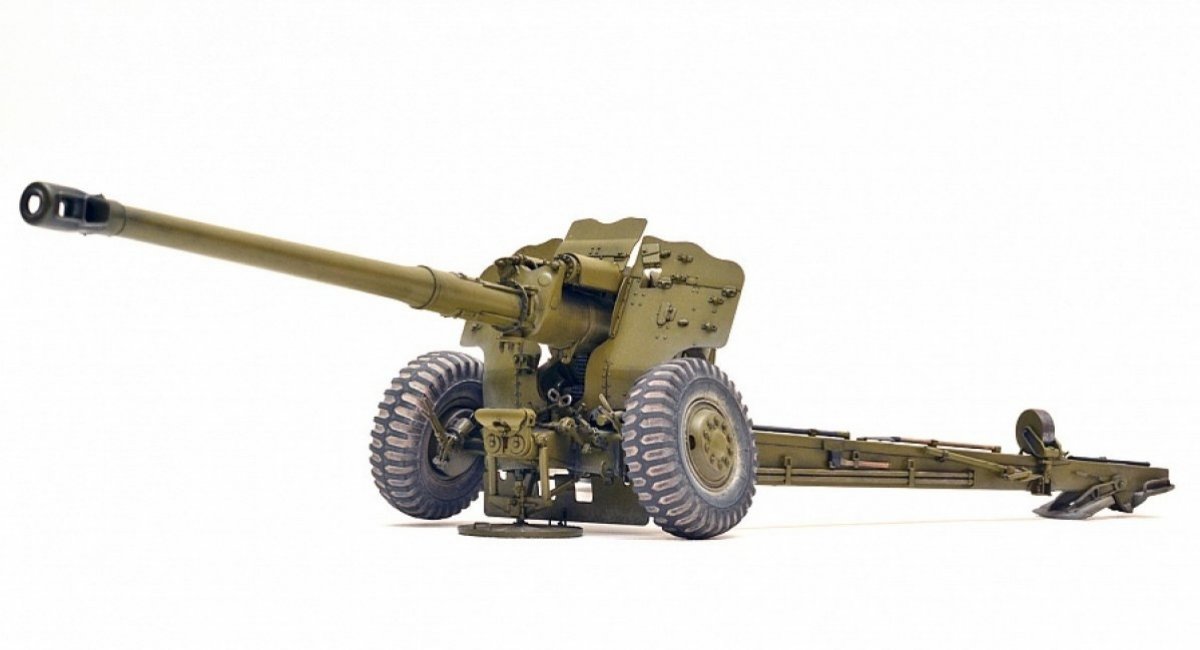Yeah, that is an interesting trend. Now, some might wonder... wouldn't they stand out a bit, if you know what I mean? Well, a large part of the fighting appears to be put on the "Russians" (most aren't really) from the eastern and southern areas, and let's just say, that the appearance of the people from those areas was "heavily influenced" by the rather ambitious group of people known as the Mongols, who went on a bit of world tour back in the day, and they were very much asian in appearance (which would likely be Chinese by todays boarders). There is some crazy stat about what percentage of people in the the eurasian area are related to Genghis Khan, and it's a crazy high percentage. LOTs of evidence of mongol "blood" all throughout that area.
Language wise? Yeah.... that's going to be an issue.
Some more comments on the current state of things, which, as noted, seems to be a race to the bottom. Or a bit of a game of chicken and who will flinch first kind of thing. Nothing really new here, but seems to be more of a confirmed reality as time goes on:
Russian President Vladimir Putin's current theory of victory in Ukraine seeks to protract the war and posits that Russian forces can outlast Western support for Ukraine and collapse Ukrainian resistance by winning a war of attrition. Russia will likely face serious medium- and long-term constraints that will undermine this strategic effort, however. Putin and the Russian military command have committed the Russian military to a year-long offensive effort along the frontline in eastern and northeastern Ukraine that seeks to exhaust Ukrainian forces and prevent Ukraine from accumulating the necessary manpower and materiel to conduct counteroffensive operations that contest Russia's theater-wide initiative....
Medium- to long-term constraints on Russian force-generation capacity and Russian military-industrial production will undermine Russia's ability to support consistent offensive operations that seek to protract the war and overwhelm Ukraine through attrition. ISW has observed a steady widespread increase in financial incentives that Russian authorities are offering for concluding a military contract with the Russian Ministry of Defense (MoD), suggesting that Russia is exhausting recruitment pools of willing volunteers.[8] Russian authorities have reportedly expressed concerns that ongoing recruitment efforts are producing diminishing results, and Putin remains committed to avoiding another partial mobilization call-up of reservists despite growing signs of force-generation constraints.[9] Putin retains the option to conduct another partial mobilization wave — as he did in Fall 2022 — but will likely only do so under immense pressure or once the ongoing crypto-mobilization campaign seriously fails. Russian offensive operations in Ukraine have resulted in pronounced equipment losses, particularly for armored vehicles, and Russian military industrial production capacity will likely fail to replace these losses in the medium- to long-term.[10] Russia currently relies on refurbishing a large but finite stock of Soviet-era equipment to replace its outsized losses in Ukraine and appears to be depleting stockpiles at an increased rate.[11] Russia is leveraging partnerships with North Korea and Iran to acquire ammunition and military equipment and is engaging with the People's Republic of China (PRC) to acquire critical components for defense production, but these international procurement efforts will not address all the Russian materiel requirements in Ukraine.[12] Putin appears just as reluctant to conduct a full-scale economic mobilization as he is to conduct another mobilization wave, and it remains unclear if critical bottlenecks and worsening labor shortages would even allow Russia to rapidly and fully mobilize its economy for the war effort in the event that Putin permitted it.[13]
It's kind of looking like the Ukrainians might fall back to protect their gains in the Kursk area. One significant gain the do have is the capture of the Russian town of Sudzha which contains a gas metering station for a major gas pipeline from Russia (in the map below, where the Brotherhood pipeline crosses into Russia). The absurdity of this is that Ukraine is still getting money, from Russia(!!) to transport gas across Ukraine (to Romania for example). War... but money...
Explainer: What happens when Russian gas to Europe via Ukraine stops?
MOSCOW, Oct 8 (Reuters) - Ukraine will not extend its gas transit agreement with Russia after it expires after Dec. 31 2024, Ukrainian Prime Minister Denys Shmyhal told Slovak Prime Minister Robert Fico.
Here is what happens if gas is turned off and who will be affected most.
HOW BIG ARE THE VOLUMES?
Russian gas supplies to Europe via Ukraine are relatively small. Russia shipped about 15 billion cubic metres (bcm) of gas via Ukraine in 2023 - only 8% of peak Russian gas flows to Europe via various routes in 2018-2019.....
....Ukraine still earns $0.8-$1 billion in transit fees from Russian gas transit. Russia earns over $3 billion on sales via Ukraine based on an average gas price of $200 per 1,000 cubic metres, according to Reuters calculations.
https://www.reuters.com/business/energy/what-happens-when-russian-gas-europe-via-ukraine-stops-2024-10-08/




















































